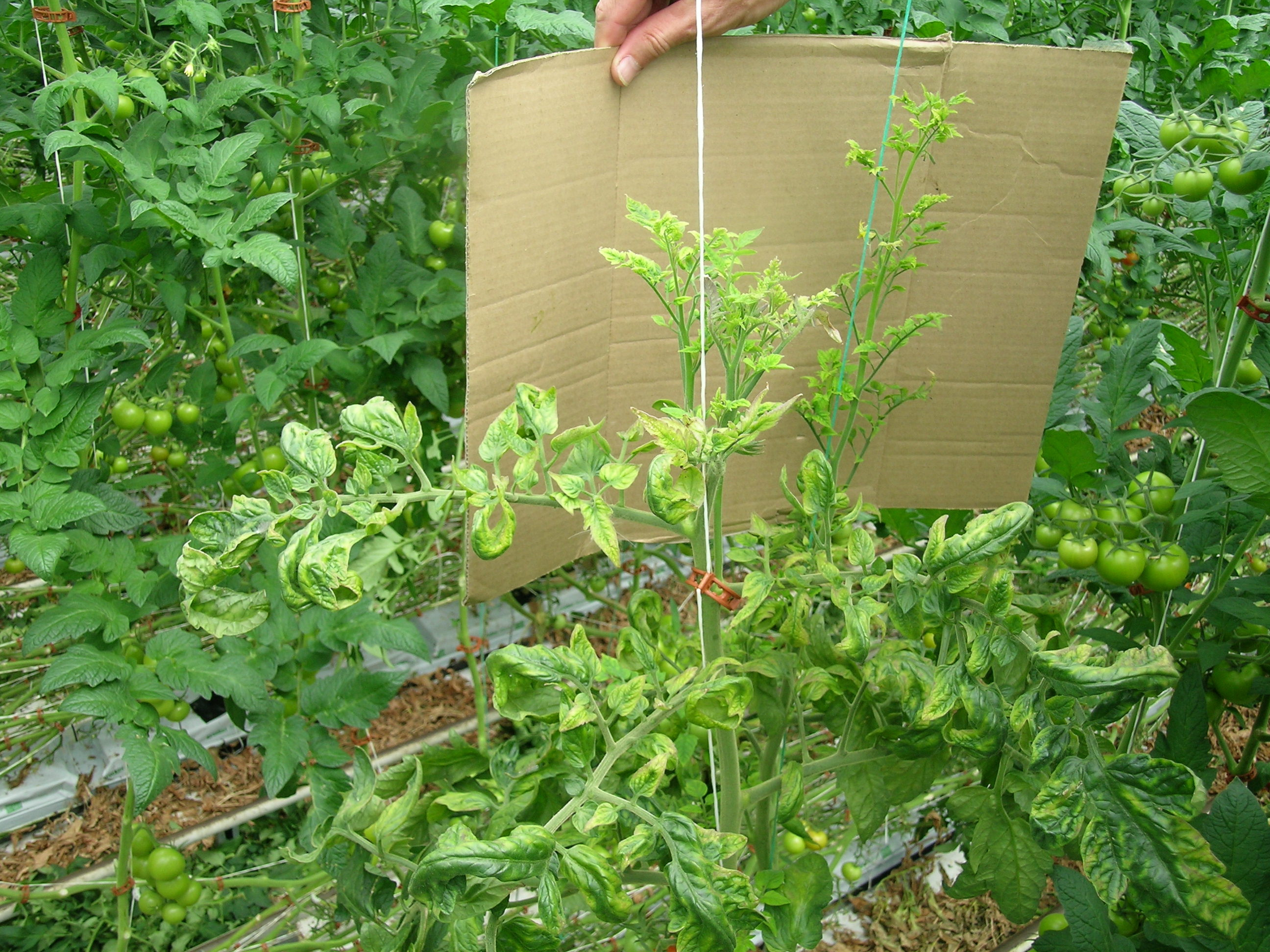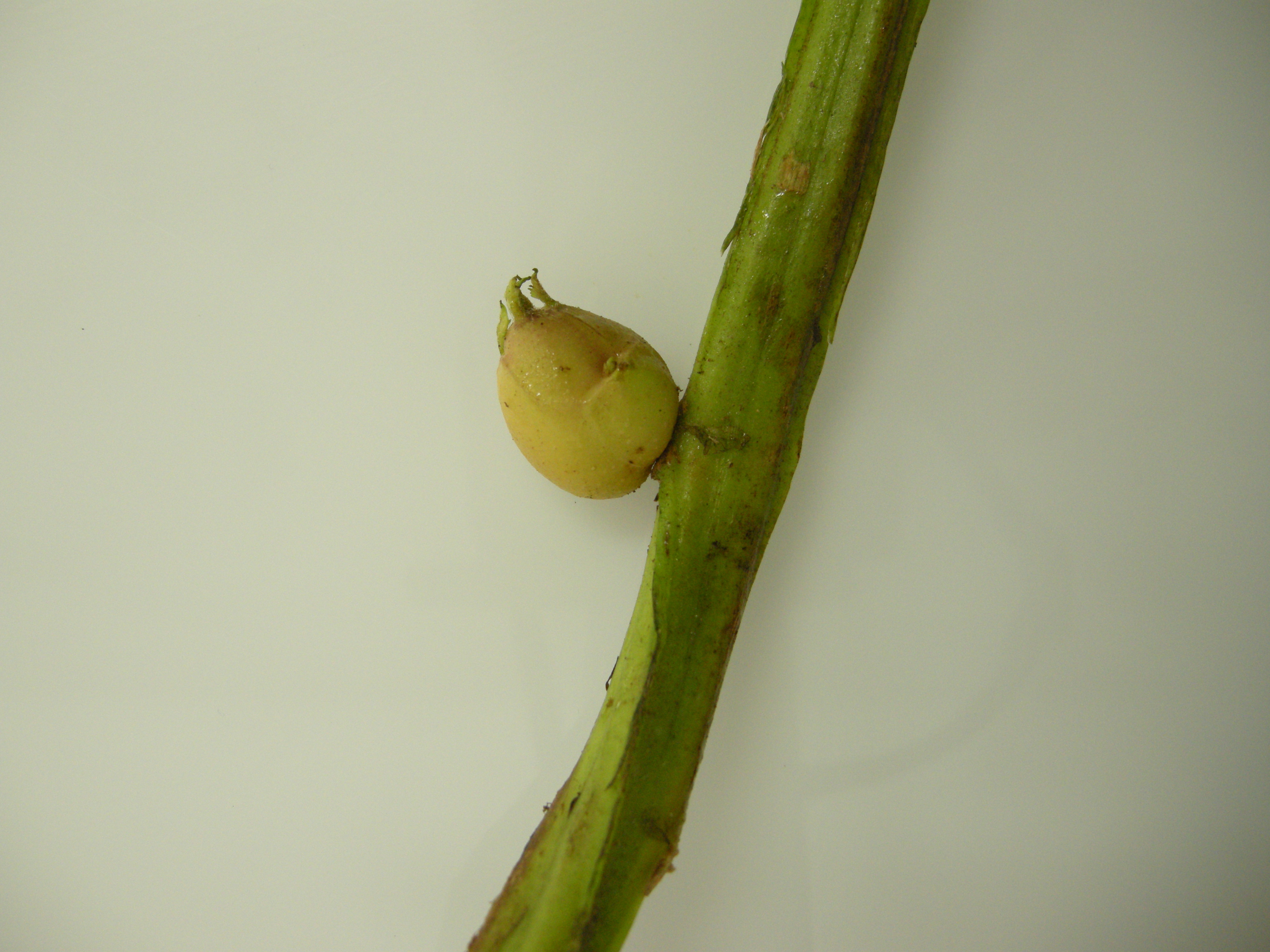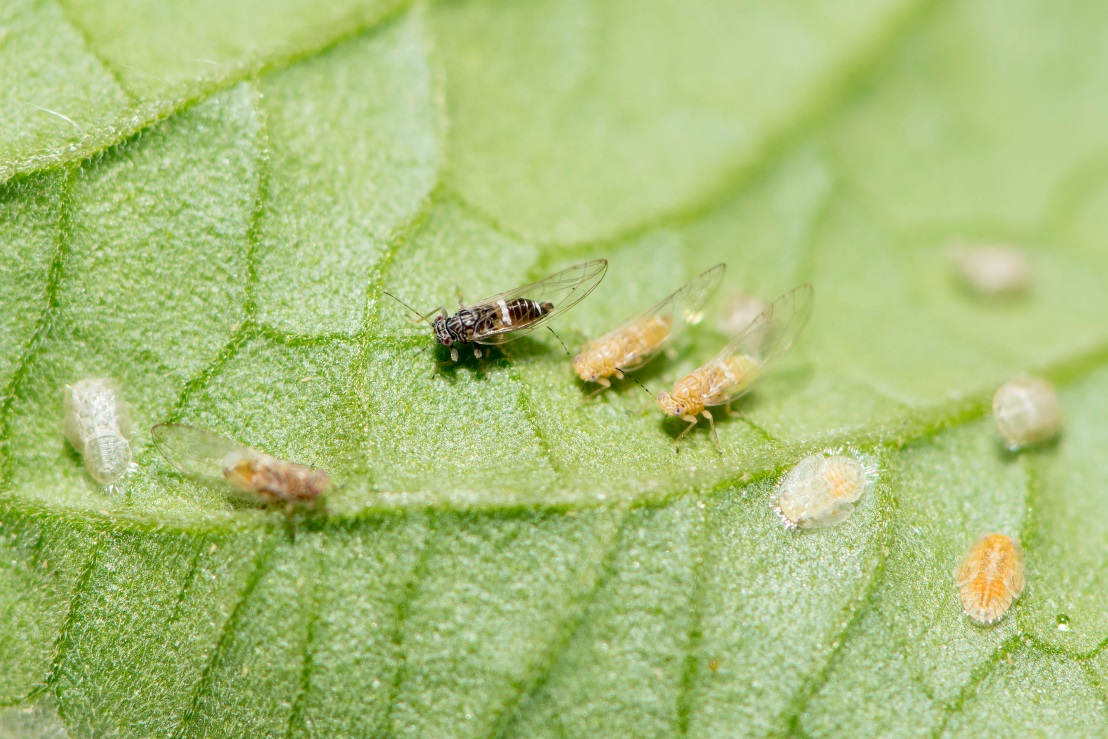
Candidatus Liberibacter solanacearum is a declared pest in WA
CLso is not known to occur in Australia and must be reported to the department if found or suspected to be present in WA.
You must report its presence and location. This bacterium is not considered to be in Australia, and early detection of possible cases is critical to protect WA horticulture.
About candidatus Liberibacter solanacearum
CLso is not considered to be present in Australia. Extensive testing of host plants and vector insects has not detected CLso in Australia.
CLso is a bacterial plant pathogen that is exotic to Australia. It spreads throughout the whole plant and infected plants cannot be cured. CLso is not known to pose any risk to human health.
There are 5 main types of CLso.
- Haplotypes A and B infect solanaceous plants, including potato, tomato, capsicum, eggplant, tamatillo, tamarillo and several weeds These haplotypes cause zebra chip in potatoes.
- Haplotypes C, D and E infect apiaceous plants, including carrot, celery, chervil, fennel and parsnip.
Potatoes – zebra chip
Above ground, infected potato plants are stunted. The leaves roll upwards and some leaves turn yellow and purple. Tubers can form on the stems. Below ground, streaks appear in tubers in the “zebra chip” pattern and the discolouration becomes worse when the tubers are fried to make chips or crisps. The skin of tubers is rough and dormancy is affected resulting in premature sprouting, internal sprouting and tuber chaining.
Consumption of potatoes infected by zebra chip is not known to pose any risk to human health.
Tomatoes and other solanaceous plants
Leaves roll upwards and some leaves turn yellow and purple. Infected plants produce numerous small, misshapen fruit.
Carrots, celery and other apiaceous plants
Infected carrot plants have curled leaves and may have yellow, bronze or purple discoloration. Roots and shoots are stunted and secondary roots can form on the tap root.
Diseased celery plants produce an abnormal number of shoots with stem curling and yellow leaves.
Symptoms in infected parsley and parsnip include yellowing, proliferation and redness of leaves.

Symptoms of zebra chip (Candidatus Liberibacter solanacearum) on potatoes. Photo – © 2017 Plant Health & Environment Laboratory, Ministry for Primary Industries, Auckland, New Zealand
- CLso can cause severe damage to the yield and quality of its host crops and may kill the entire plant.
- Severe crop losses have occurred in potatoes in the United States, Mexico, Central America and New Zealand.
- In potato, yield reduction has been estimated to be 25-40%. An epidemic of this disease may lead to whole crops being rejected as dark stripes appear in the tubers and their taste is affected.
- Large scale losses have also been reported in tomato production.
- Infected carrots, celery and parsnips are often unmarketable.
CLso is primarily spread from infected to healthy plants by psyllid insect vectors. Different psyllids spread CLso depending on which type is present. Tomato potato psyllid (Bactericera cockerelli) can spread CLso in solanaceous hosts like potato and this psyllid was detected in WA in February 2017.
No psyllids present in WA are known to be able to spread CLso between apiaceous plants. In other countries carrot psyllids (Trioza apicalis) are the most common vectors of CLso in carrots.
When infected potato tubers are used to propagate new potato plants the daughter tubers will be infected and CLso can also be transmitted by grafting.
CLso is not transmitted through seeds.
Symptoms associated with solanaceous crops
Legal duty to report
Candidatus Liberibacter solanacearum (Liefting et al. 2009) is a declared pest in WA.under section 12 of the Biosecurity and Agriculture Management Act 2007.
This means that any person who finds or suspects the presence of Candidatus Liberibacter solanacearum must report it to the department.
WA’s freedom from CLso is supported by general and specific surveillance and specific import requirements to prevent its entry.

